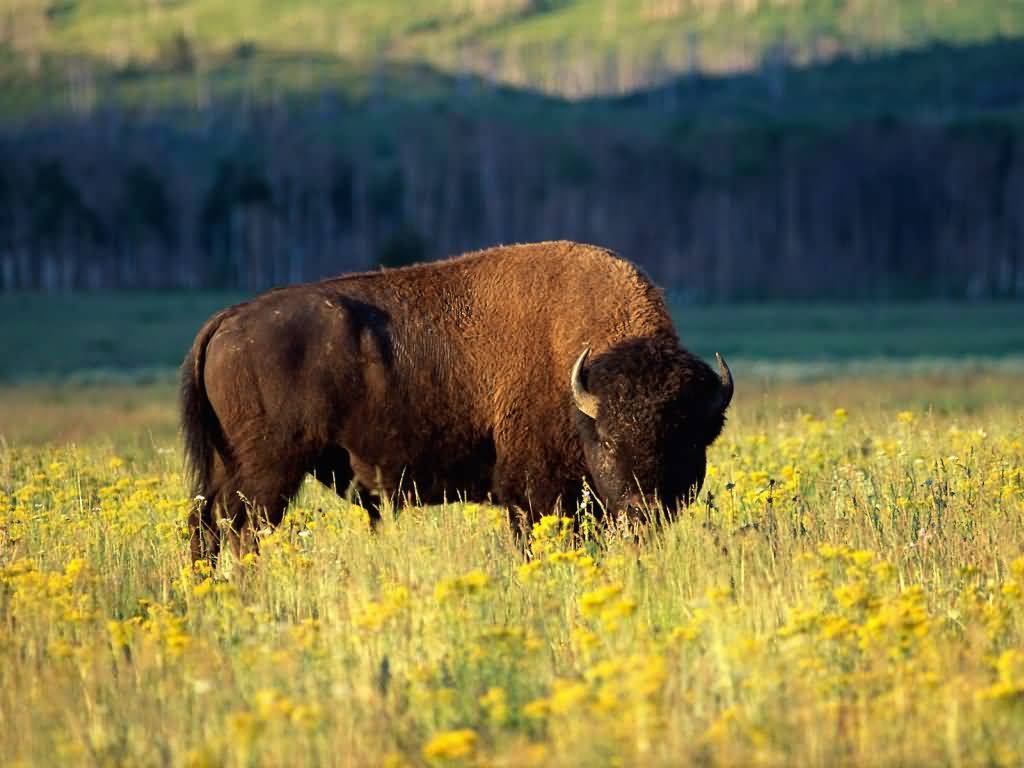The State of Wyoming is working on a formal agreement with the Bureau of Land Management (BLM) to trade environmentally sensitive lands for lands rich in minerals, oil, and natural gas resources.
The BLM and the Wyoming Office of State Land and Investments (OSLI) are putting together a memorandum that would lay out ground rules and set forth a process for the land exchanges. BLM will transfer land that is desirable for energy development in exchange for Wyoming state trust land of special environmental significance.
Ryan Lance, director of the Wyoming Office of State Land and Investment, said the state and BLM are currently ironing out agreements on broad principles, and they expect to soon be discussing particular lands for exchange.
Energy Resources Targeted
Lance said the parties will likely discuss a 640-acre parcel of land in the Fortification Creek area in northeastern Wyoming. The state owns land that sits on approximately 9 billion cubic feet of natural gas, but the parcel is trapped inside a BLM-designated wilderness study area.
Wyoming state officials came up with the idea of land exchanges when the federal government directed the state to forego issuing leases for phosphate development on environmentally sensitive land sites along a region known as the Lander Front.
Lance said revenues from resource-rich lands will help fund public schools and other important government services.
“I can’t just simply not lease,” said Lance. “I can’t forgo opportunities to derive revenues from those parcels.”
Environmentalist Groups on Board
Lance said environmentalists should be pleased with the proposed land swaps.
“They really don’t want me developing in these very sensitive areas on the Lander Front and in the Fortification Creek area in the Powder River Basin,” Lance explained. “So they’re actually part of that group, along with State Game and Fish and other research protection interests, that want me to trade up. They don’t want me developing in these areas that the state currently owns.”
“This process has the potential to provide for more efficient land management for both the State of Wyoming and the BLM,” said Beverly Gorny, a spokesperson for the federal Bureau of Land Management.
Gorny identified three environmental groups—the Wilderness Society, Wyoming Wildlife Federation, and the Nature Conservancy—who she said are supportive and offered to help with public outreach.
Lance said the biggest challenge to implementing land exchanges will be the federal regulatory process. He said the federal system doesn’t work very quickly, and he wants to bring begin implementing trade agreements as quickly as possible.
Overcoming ‘Sclerotic Federal Regulation’
“It is surprising, given the Obama administration’s poor record on energy production, that the BLM would consider this commonsense plan to allow energy development through a land swap,” said Daniel Simmons, director of regulatory and state affairs at the Institute for Energy Research.
“The fact that the land needs to be transferred to a state government to allow energy development is an indictment of just how sclerotic federal regulation has become,” Simmons observed. “This is one more reminder of why oil, natural gas, and coal production is deceasing on federal lands while oil and natural gas production on state and private lands is skyrocketing.”
Ranchers Concerned
Although environmental and conservation groups seem to be fully on board, cattle ranchers are somewhat more cautious in their support for the land exchanges. Lance said the cattle industry is seeking assurances their grazing rights will remain protected once state lands are traded and become federal lands.
Jim Magagna, executive vice president for the Wyoming Stock Growers Association, says the association fully supports opening the door to land exchanges. Once specific lands are identified, the association will look at each proposal to determine what impacts it may have on public land grazing, he said.
“I anticipate that we will support many of these exchanges while opposing others,” he said.
Parties Making Progress
Gorny said she expects the parties to sign a memorandum of understanding by the end of the summer.
“This process usually takes several years to complete for each proposed exchange action,” she said.
“I have to be optimistic, because there’s no other choice,” Lance said about agreeing to a framework for land exchanges.
Alyssa Carducci ([email protected]) writes from Tampa, Florida.




